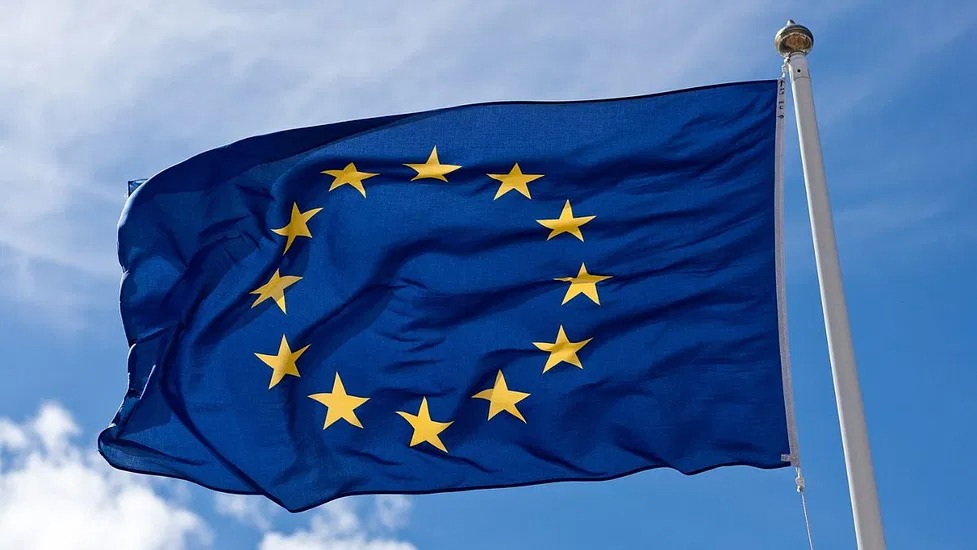How MiCA Regulations are Driving the EU as a Crypto Hub

The MiCA regulation is the European Commission's way of saying, "I regulate therefore I am." This game-changer, introduced in September 2020, aims to harmonize the regulatory framework for crypto assets across the EU, covering everything from issuance and trading to service providers and investor protection.
Investor confidence is directly proportional to regulatory clarity, and the numbers don't lie. VC investment in the EU jumped by 5.9% in Q1 2022 to 47.6% in Q1 2023, a 10X growth in just one year since the approval of the MiCA bill. With 450 million consumers, the EU is the perfect hub for crypto projects, and thanks to MiCA, it's now a top destination for investors.
The 517 European lawmakers who voted in favor of the MiCA bill know that when it comes to comprehensive regulation, the EU means business. Before MiCA, there was a lack of clear guidelines for crypto assets in Europe, which made investors as nervous as a cat in a room full of rocking chairs. But MiCA has changed all that by providing a regulatory framework that establishes clear rules and standards for crypto assets' issuance and trading.
MiCA regulations require all crypto asset service providers, including exchanges, wallet providers, and other service providers, to obtain a license from their national regulator to operate in the EU. Issuers of crypto assets must also provide detailed disclosures to investors, including information about underlying assets and risks.
Lastly, MiCA's regulation of stablecoins introduces a new category of stablecoins called "asset-referenced tokens." Think of them as the lighter side of crypto, with lighter regulations than other types of crypto assets. The MiCA regulation is shaping the future of the crypto industry, and the EU is leading the way with confidence, clarity, and a sense of humor.
Post a comment